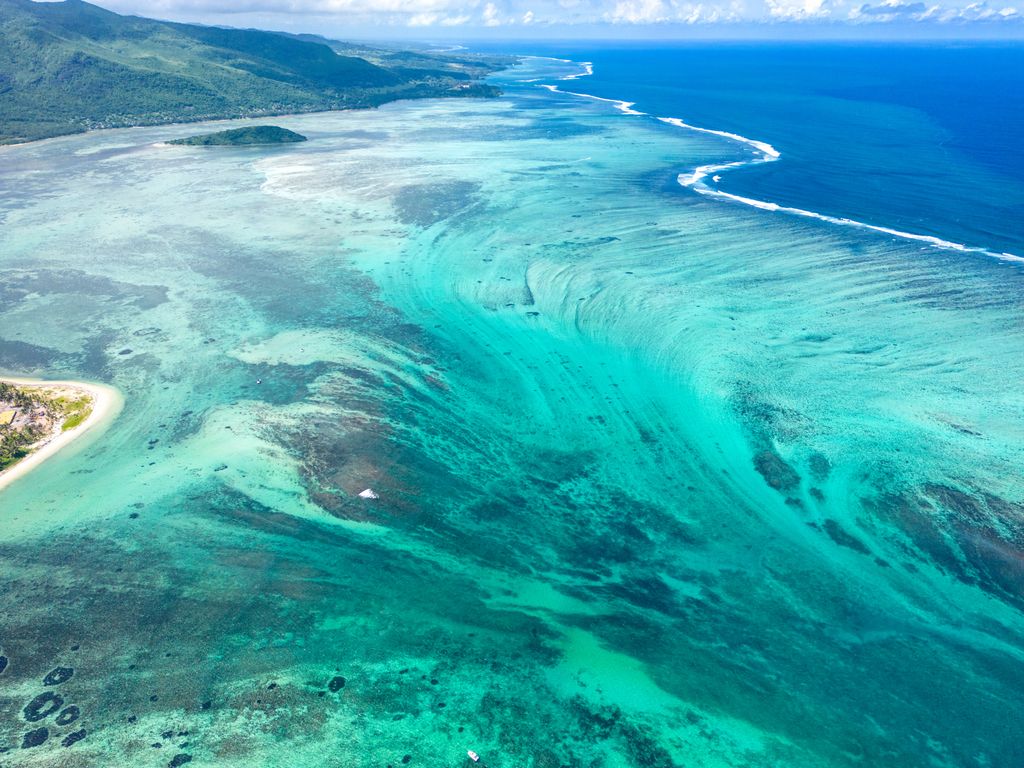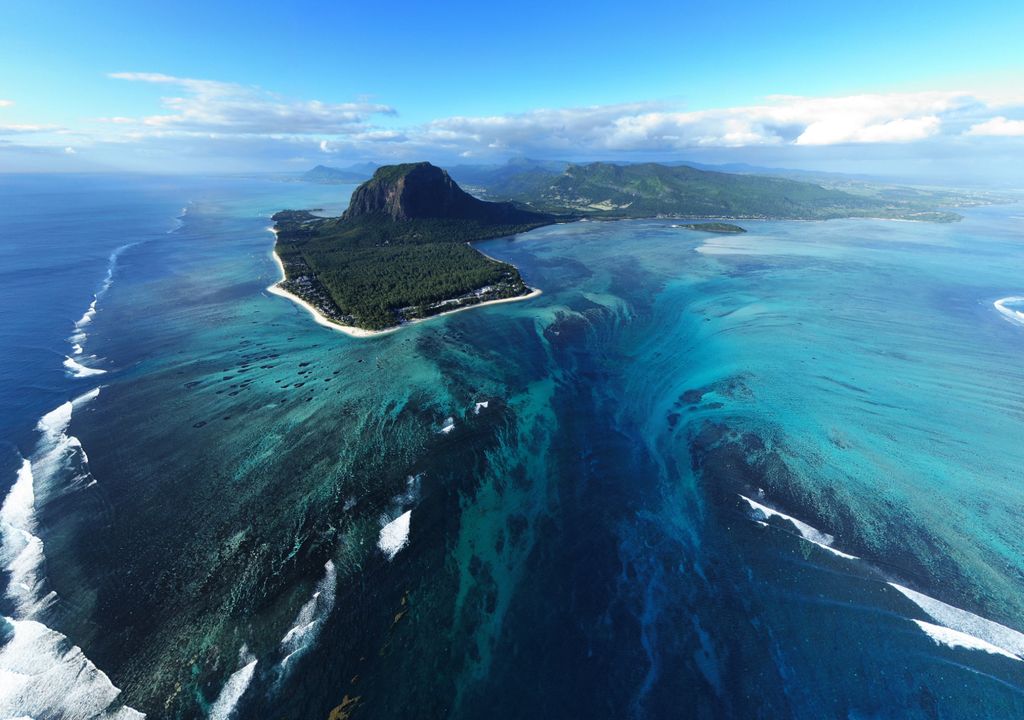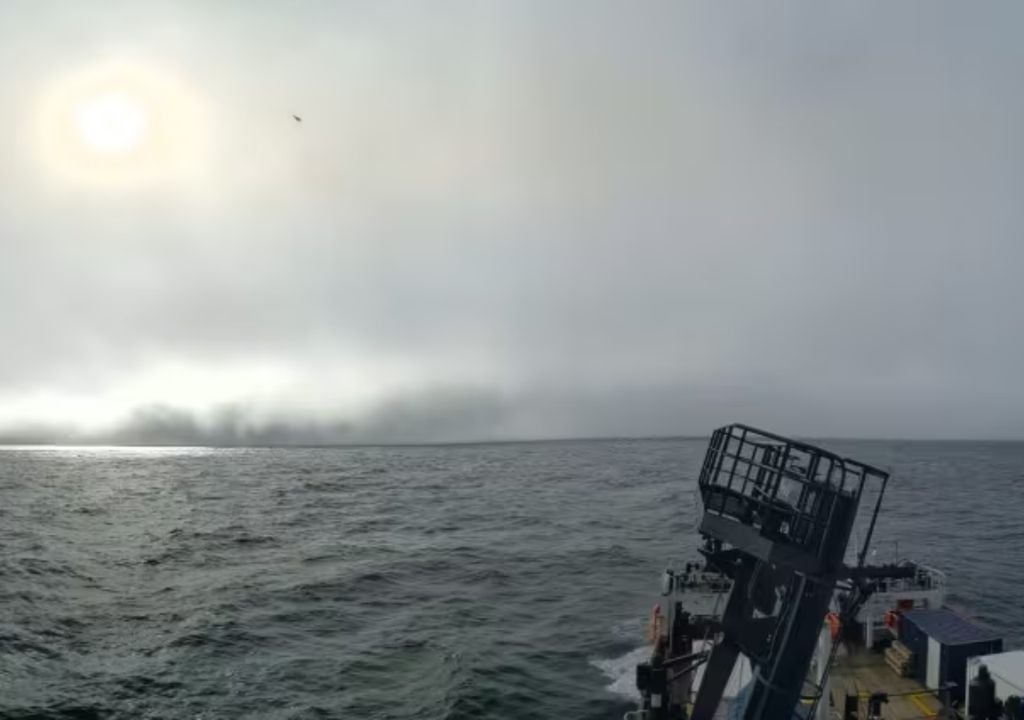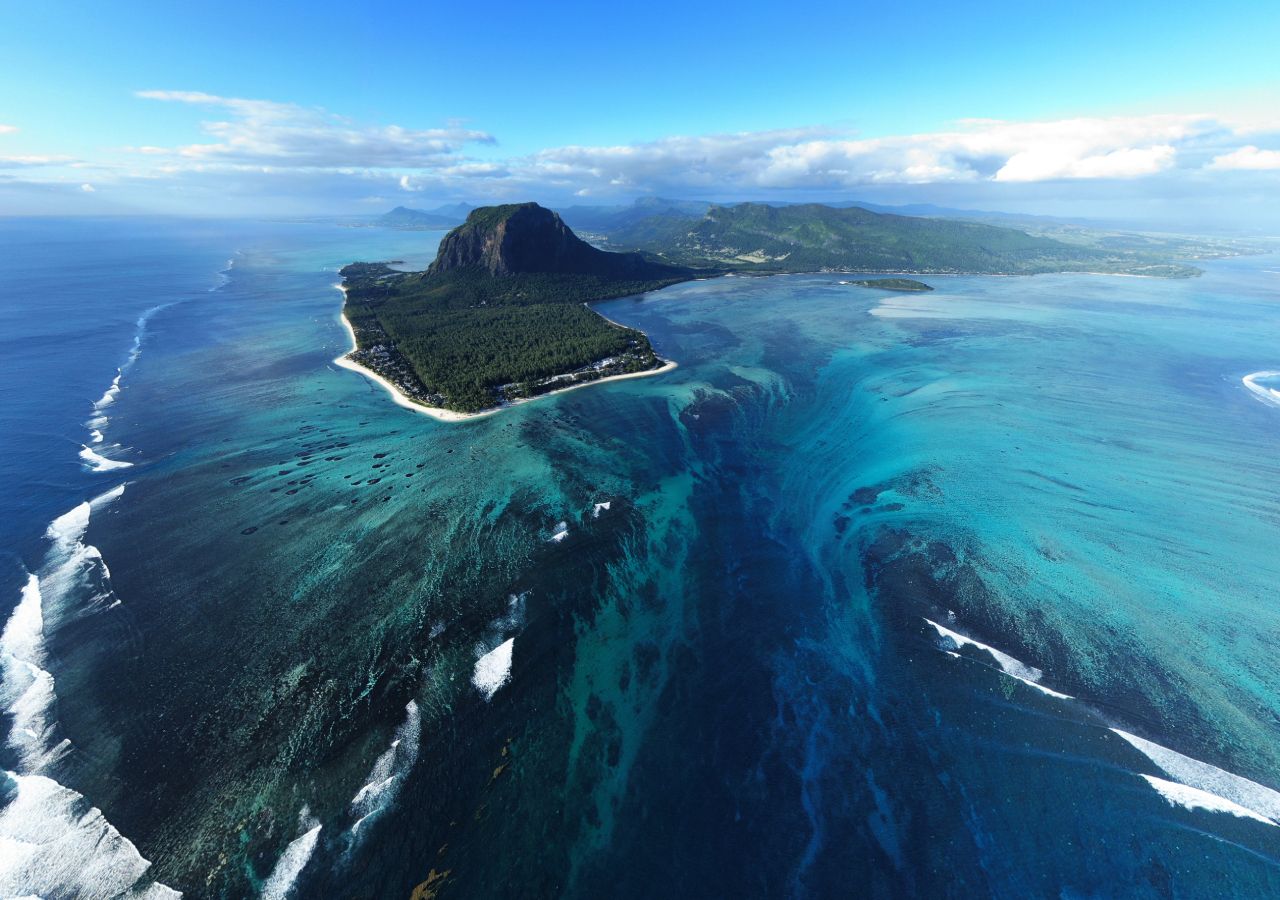
The Atlantic Ocean hides an exciting and little-known secret: underwater “waterfalls”. A team of scientists from the University of Barcelona set out to explore these wonders. And discover its diversity, its causes, and how it affects the environment. And the most exciting thing is that they found it The largest underwater waterfall in the world! A discovery that challenges our expectations about these natural phenomena.
How do underwater “waterfalls” form?
Underwater waterfalls are formed mainly because Density differences between layers of water. This happens due to factors such as The temperature of the water, its salinity, and the amount of sediment it contains. But it is also affected by ocean currents and pieces of land that break off.
For example, When the water at the surface is warmer and less salty than the water below, there is a type of difference in “weight” that causes the waterfall to occur. This difference can be caused by various factors, such as the heating of the water by the sun or the melting of sea ice and mixing with the water. All this, along with the sediments that accumulate at the bottom, contribute to the formation of these amazing waterfalls at the bottom of the sea.
Types of underwater waterfalls
In the underwater world, we can find two main types of waterfalls: Water and sediments.
As we previously explained, the first occurs with water Different densities meet and mingle in the ocean, creating an impressive natural spectacle. This usually occurs in places where water temperatures and salinity vary greatly.

On the other hand, sediment cascades are formed when… Materials such as sand, silt and clay accumulate on the sea floor. These accumulations can give rise to waterfall-like structuresEspecially in areas where ocean currents are strong and transport a lot of sediment. An example of this is Mauritius.
The largest underwater waterfall in the world
In the cold waters of the Denmark Strait, between Greenland and Iceland, stands the highest underwater “waterfall” in the world.A natural scene that defies imagination.

Its height is more than three kilometersThis aquatic wonder is the result of an unusual phenomenon: The cold, dense waters of the Arctic sink and flow to lower latitudes, following the contours of the sea floor.
This invisible waterfall has a flow rate of more than three million cubic meters per second, an impressive force that plays a vital role in regulating the global climate.
The underwater terrain of the Denmark Strait is surprising: only a few kilometers away, The depth ranges from 500 meters to more than 3000 metres. This sudden drop causes the undercurrent to accelerate and flow in the form of an underwater waterfall.flooding the vast gutters of the North Atlantic Ocean.
Environmental impacts
According to scientists, Underwater waterfalls play a crucial role in regulating global climate, influencing the thermohaline circulation in the Atlantic Ocean and deep-sea ecosystems.. They also facilitate the distribution of nutrients and marine organisms, mixing waters of different densities and benefiting marine communities.
but, The effects of climate change alter these processes, as seen On the Catalan coast, where decreasing wind days affect the flow of nutrients.
News reference:
FAR-DWO DS1 Cruise. Submarines chase dense floods of water. GRC Geosciences Marine Corps, Dept. Earth and Ocean Dynamics, University of Barcelona.

“Wannabe internet buff. Future teen idol. Hardcore zombie guru. Gamer. Avid creator. Entrepreneur. Bacon ninja.”

